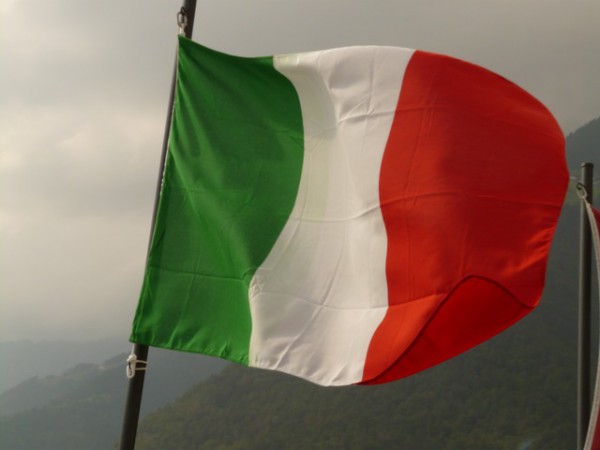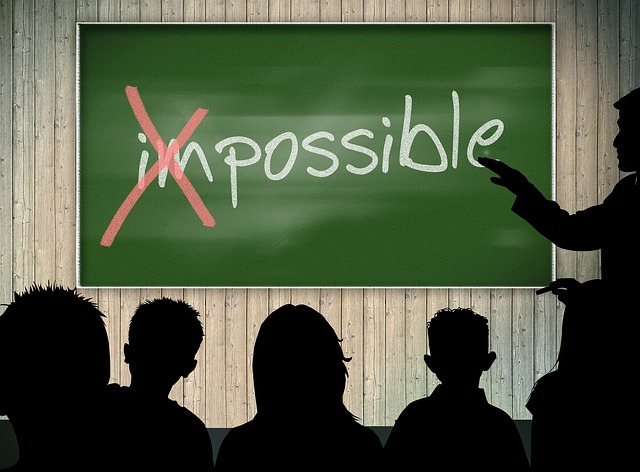You started out with great intentions to learn the entire Italian language before your trip to Italy. But, as it often does, life gets in the way, and you weren’t even to get able to get past lesson four of the Rosetta Stone. No need to fret, though, you definitely aren’t the only one of a huge network of Italian travelers who do not speak the language and hope is not lost for you to stills impress your Italian hosts – the simple but ever useful secret? Pronunciation. Say the names of the hotels, the dish, and your guide correctly, and you’ve got a definite in. Not going to Italy anytime soon? Use these tips the next time you go out to an Italian restaurant and wow your fellow diners as well as your waiter!

Letters that were in the original Italian alphabet
First rule of Italian pronunciation: everything in the original Italian alphabet (which does not include the letters) is pronounced literally and every single letter is pronounced (silent letters don’t exist in Italian – why make a word harder than it should be?) An L sounds like la an R sounds like ra. Vowels sound like they do in most other Romance languages: ah, ey, ee, oh, oo. Easy enough, right? Let’s try this little test. Try pronouncing the following words then click on the hyperlinks to hear the actual pronunciations in Italian by clicking the Listen button on the word’s page in the infinitely useful online dictionary, WordReference.com
1) Mano
2) tavola
3) strada
4) albero
5) scacciapensieri (Just kidding! We will go over how to pronounce this one, which follows the rules as long as you know them, below)
Letters which are not in the Italian alphabet
Let’s start with H. Remember how we said you pronounce every single letter and Italian word? H is kind of the exception. This letter does not exist except for in borrowed words in Italian, and Italians as a whole have a difficult time trying to pronounce it. And therefore, in line with the Italian philosophy of “If it’s too hard, don’t do it,” they often don’t. So, after you check into your Venice ‘otel, head over to ‘arry’s Bar for an aperitivo from an ‘andsome waiter. Or for another example of language evolution, take the Italian word for horrible, which is orribile. Look familiar, sans one very obvious English sounding H?

The rest of the consonants are fairly easy (and also forgivable if you make up, since they aren’t real Italian letters). For W‘s, Italy takes a page out of Germany’s book and pronounces this letter like the English V – Walter is Valter. This meets its exception when the borrowed word is from English, like web. The letter K only appears in foreign words and names and enjoys the same hard C sound as in English. J hasn’t quite been decided on by Italians, as it appears in some ancient or dialect words in which it sounds like Y (as in Juventus or the Friulian soup Jota) but also appears as the English-sounding ‘J’ in words recently introduced such as Jessica.
C’s and G’s
When paired with A, O, and U, these two consonants act like they do with any other letter (hard C and hard G). However, when E and I are thrown in the mix, the situation becomes slightly more complicated. Ce and Ci make the ‘ch’ sound (just think ciao! Or pace – peace) while adding an H in the mix returns them back the the normal hard C (chiesa -church- is a good example). G works the same way – Ge and Gi are softer, as in giraffe, while ghe and ghi make the hard sound like girl. Try these words for practice!
1) pace
2) bicicletta
3) ghiaccio
4) gelato
5) chiaro

Double Consonants…
Make a HUGE difference in Italian. Rosa (a rose) is the color rosa (pink) and residents of the Veneto ride a cavallo (horse) before eating cavolo (cabbage). Every letter and sound is pronounced, even when you have two of the same back to back! The trick is not to restart the sound completely over again, but to hold the sound a bit longer than you feel is natural and give it a little emphasis half way through. Practice makes perfect, and this one needs a lot of it – try the following words out!
1) zucchero
2) pomeriggio
3) pizza (thought we’d give you a break on this one)
4) raccomandazione
5) azzurro
Questions, tips or thoughts on Italian pronunciation? Leave them below!
